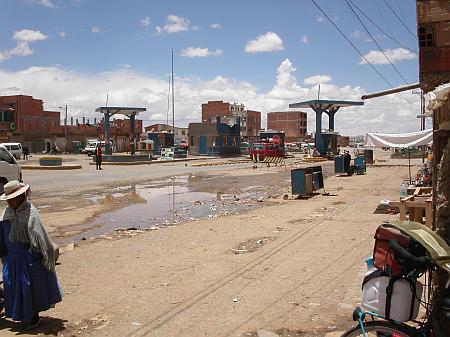
| |
|
| previous report | next report |
Civilisation! Civilisation?Prepared at "Papa Panda" Alejandro in San Pedro de Atacama and finished at Roswitha in Santiago, Chile at February 16th 2005After an exhausting climb behind Tiquina we left the Titicaca Lake with a heavy heart. We headed to La Paz, Bolivias secret capital (the real is Sucre). |

| |
|
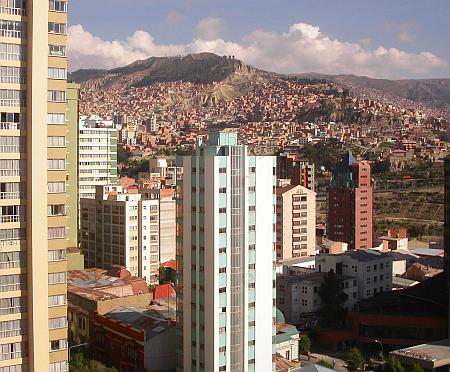
| |
|
| ||||
|
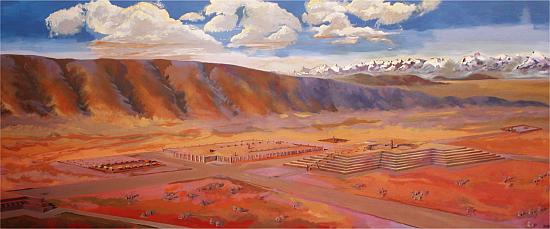
| |
|
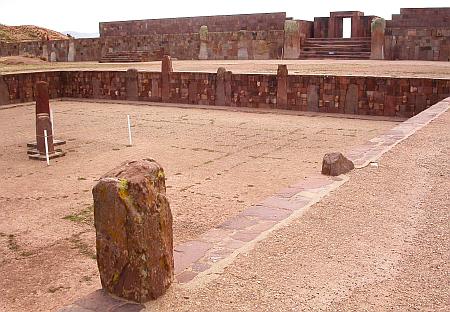
| |
|
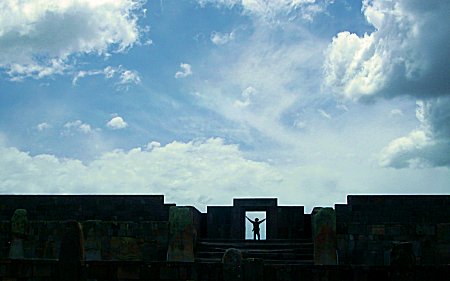
| |
|
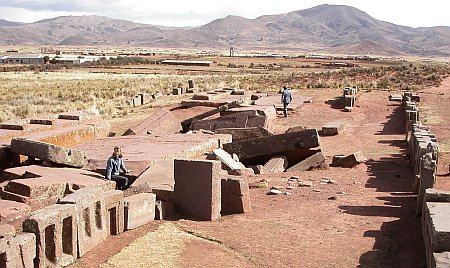
| |
|
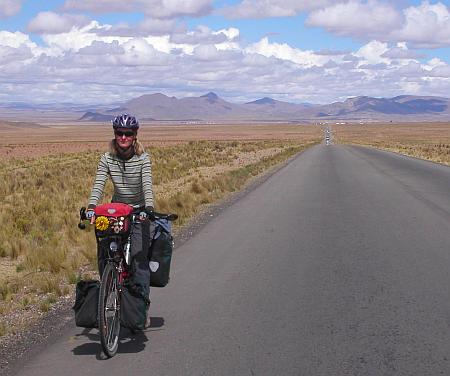
| |
|
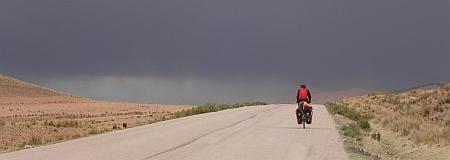
| |
|
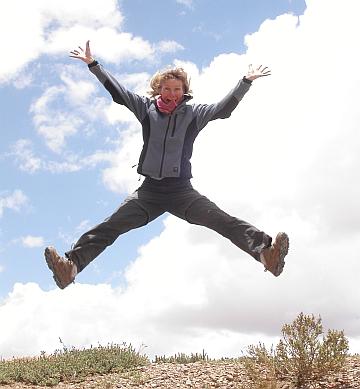
| |
|
| previous report next report |
|